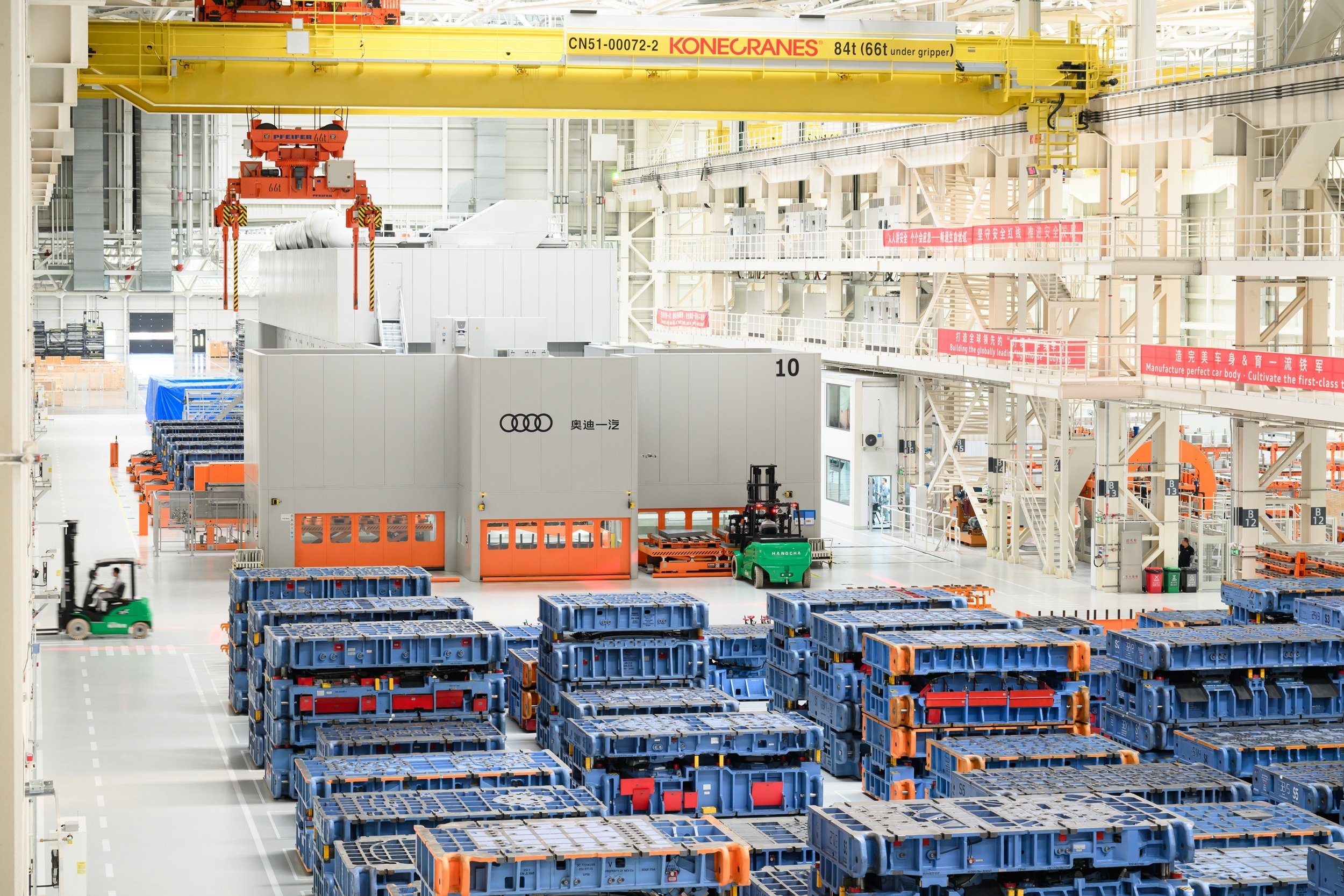
Warehouse-of-the-Future.
The warehouse-of-the-Future will be a highly automated, data-driven, and sustainable warehouse that uses digitization and advanced technologies to improve efficiency and accuracy.
Warehouse-of-the-Future.
The warehouse of the future is a highly automated, data-driven, and sustainable warehouse that uses digitalization and advanced technologies to improve efficiency and accuracy. It's a response to the growing e-commerce industry, supply chain disruptions, and the need to reduce greenhouse gas emissions.
Warehouse-of-the-Future.
Here are some key features of the warehouse of the future:
Automation
Robots and autonomous vehicles perform tasks like order picking, inventory management, and transportation.
Data-driven decision making
Machine learning and advanced analytics use data from sensors, cameras, and other IoT devices to optimize operations.
Sustainability
The warehouse of the future is designed to be more environmentally sustainable.
Interconnected supply chain
The warehouse of the future is an interconnected system that can adapt to changing market trends.

Other trends in the warehouse of the future include:
Predictive demand: Data-driven solutions can predict demand and optimize resource allocation.
Digital warehouse management: Digital systems can reduce errors in order fulfillment.
Automatic guided vehicles (AGVs): AGVs, such as stackers, forklifts, and pallet trucks, can improve inventory management.
Warehouse-of-the-Future
Agentic automation: The path to an orchestrated enterprise.
To automate long, complex, and dynamic enterprise processes, agents and robots need to work together. A useful (though simplified) analogy is the left and right parts of the brain working together. In the emerging autonomous enterprise, important and logical left-brain tasks, like data gathering, entry, and migration, will be done by robots. Creative and dynamic right-brain tasks—forecasting, comparison, innovation, and problem solving—will be performed by agents. This combination of capabilities makes agents and robots a power couple poised to automate the majority of all ‘work.'
Warehouse-of-the-Future
Human workers are in the loop with automation
The warehouse of the future will be a dynamic ecosystem where human workers collaborate seamlessly with automation, robotics, and intelligent software to optimize thousands of complex workflows in logistics. By leveraging advanced technologies, repetitive and physically demanding tasks will be handled by robots, freeing human workers to focus on strategic, decision-driven roles that require creativity and problem-solving. Intelligent software platforms will act as the central orchestrators, ensuring smooth communication between human teams and automation systems while adapting in real-time to changing demands. This synergy will enhance productivity, reduce errors, and enable more agile, responsive supply chain operations, creating an environment where technology empowers people to achieve operational excellence.



